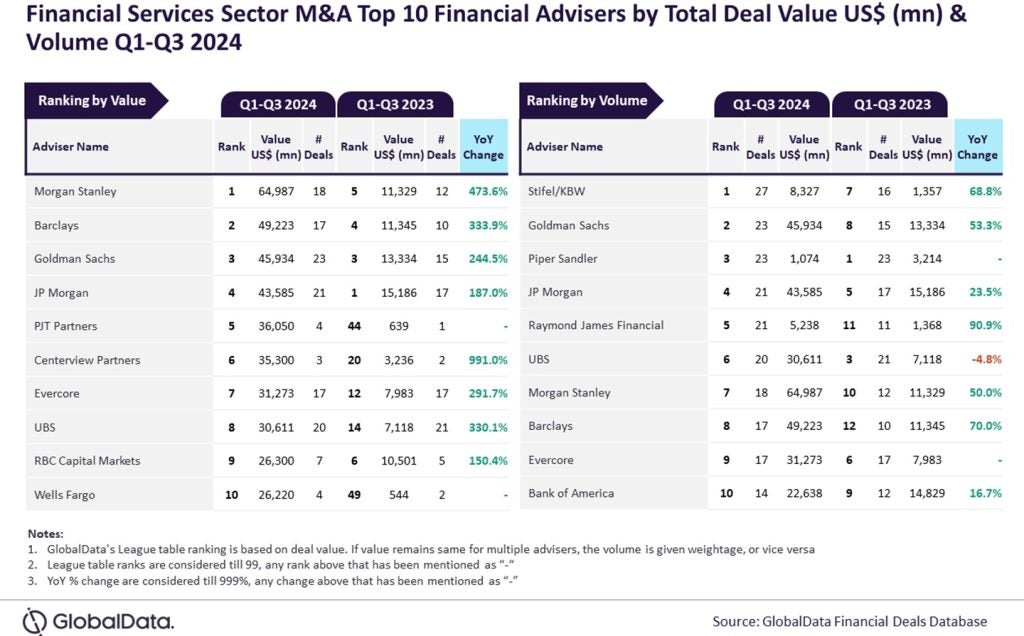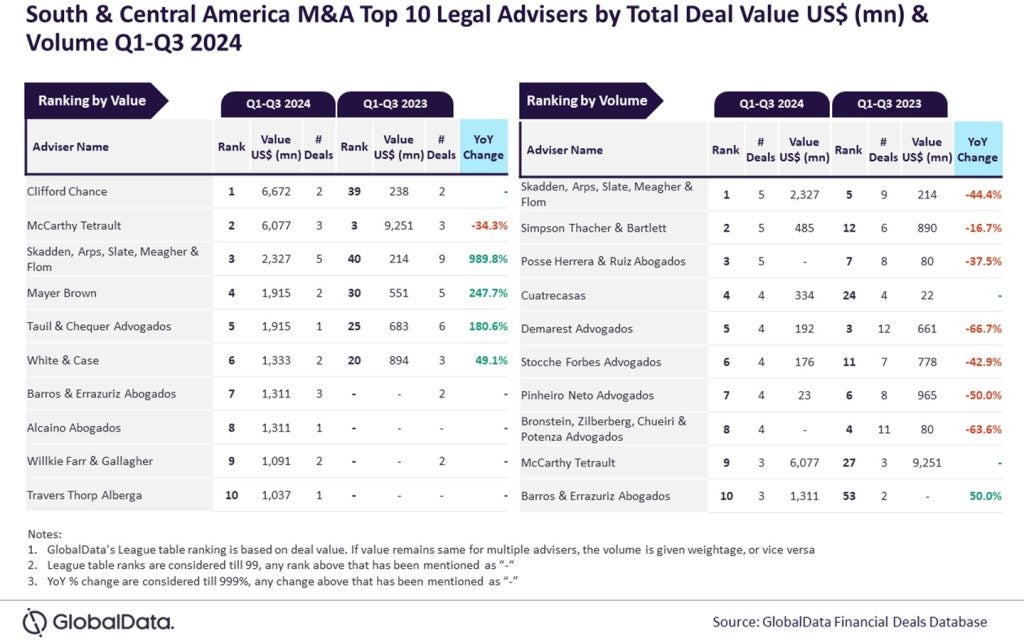Thailand’s banks are
re-embracing m-banking. Titien Ahmad talks to Charamporn
Jotikasthira, chief information officer of Siam Commercial Bank,
one of the country’s largest retail banks, who says the channel
will become a vital distribution and customer service tool on the
back of widespread mobile phone
use.
The past six months have seen a flurry of mobile banking
launches in Thailand at a rate last seen six or seven years
ago.
With the mobile penetration rate in Thailand at more than 50
percent of the population, banks in the kingdom have re-launched
mobile banking programmes that were generally lying dormant due to
poor take-up. Krung Thai Bank launched KTB Pocket Banking in July
this year while Kasikornbank launched its ATM SIM in March.
Across Asia, banks such as Singapore’s OCBC and Indonesia’s Bank
Niaga have also re-launched their mobile banking programmes in
anticipation of a consumer market that is more mature and receptive
to transacting through their phones. While mobile banking used to
be a fancier term for call centre banking six years ago, the newer
programmes from the likes of OCBC allow bank customers to search
for restaurants with dining discounts, redeem credit card rewards
and check bank exchange rates through the mobile phone.
Charamporn Jotikasthira, chief information officer of Siam
Commercial Bank, which launched its m-banking product on 7 July,
says he already has around half a million users ready for SCB
Mobile Banking because his 500,000 internet banking or SCB Easy Net
customers automatically pre-registered for mobile banking.
1 million online banking users by 2009
How well do you really know your competitors?
Access the most comprehensive Company Profiles on the market, powered by GlobalData. Save hours of research. Gain competitive edge.

Thank you!
Your download email will arrive shortly
Not ready to buy yet? Download a free sample
We are confident about the unique quality of our Company Profiles. However, we want you to make the most beneficial decision for your business, so we offer a free sample that you can download by submitting the below form
By GlobalDataDuring the launch of SCB Mobile Banking, the bank’s president,
Kannikar Chalitaporn, said: “SCB was the first bank to introduce
internet banking in Thailand with the establishment of SCB Easy Net
in 1999… Currently, SCB Easy Net has over 500,000 registered
members, and membership is expected to reach the 1 million mark by
2009.”
Charamporn told RBI following the launch of the
programme: “Banking on SCB Mobile Banking is just like banking on
another browser.
“The functions are easy to use in the mobile interface –
real-time funds transfer to any SCB account or to another bank,
bill payment, mobile phone top-up and electronic bill presentment
and payment on top of simple account balance enquiry.
“The user interface is simple so that mobile banking is easy to
use. There is not a lot of text so the customer just has to click
the buttons for a simple transaction.”
The fee for fund transfers on the phone or online ranges from
THB25 to THB35 ($0.75 to $1.05).
He claims that Siam Commercial Bank is the only bank in the
country that has bill presentment and payment for phone and utility
bills. In the previous version of its mobile banking programme, the
bank developed its own functions but is now partnering with US
specialist CheckFree.
Good time to launch
Charamporn believes this is a good time to launch as the number
of Thais who have PC access is considerably less than those with
mobile handsets. He said: “There are 50 million Thais with mobile
phones and 13 million internet users. The penetration of mobile
phones is a lot higher and most of these handsets can connect to
the internet. We are seeing exponential growth rates in bill
payment and mobile top-up so there is the opportunity.”
“Alternative channels are the key to the future,” said
Charamporn. “Our ATM transactions level has already exceeded that
of branch transactions while the internet, call centre and IVR
channels are increasing in transaction volume… Alternative
channels have been our high growth area at a lower cost than
branches and the timing is now right to launch [m-banking].”
Having said that, he sees that it is still early days for other
developments on the mobile.
“Mobile banking [has become] the same as the internet for
banking transactions. We are ready for new applications such as
mobile wallets with the right partner but we need to get the right
application and clear understanding of parties involved.
“Developments such as loading money on the card and acquiring
merchants will need to be agreed.”
Although markets such as India have also focused on mobile
banking as a way to mobilise the unbanked rural population, the
focus of Charamporn and his team is currently less on functionality
expansion and more on customer acquisition through partnerships
with telecommunication companies and mobile phone
manufacturers.
Advanced Info Services (AIS), Thailand’s largest mobile phone
operator, has already said that revenue from non-voice operations
currently accounts for 11 percent of AIS’s total revenue and have
the highest growth rate. The operator has ambitious plans to
increase revenues from non-voice applications by 50 percent.
Although the growth in mobile internet has been largely driven
by music downloads, AIS invested THB20 billion in 2007 upgrading
its network and will be investing a further THB10.5 billion in
2008.
Although partnerships between banks and phone operators in
Thailand – and many markets across the Asia-Pacific region – are
still very tentative, there is a clear recognition from all parties
that distribution and customer communication via mobile phones is a
dynamic and new battleground.







